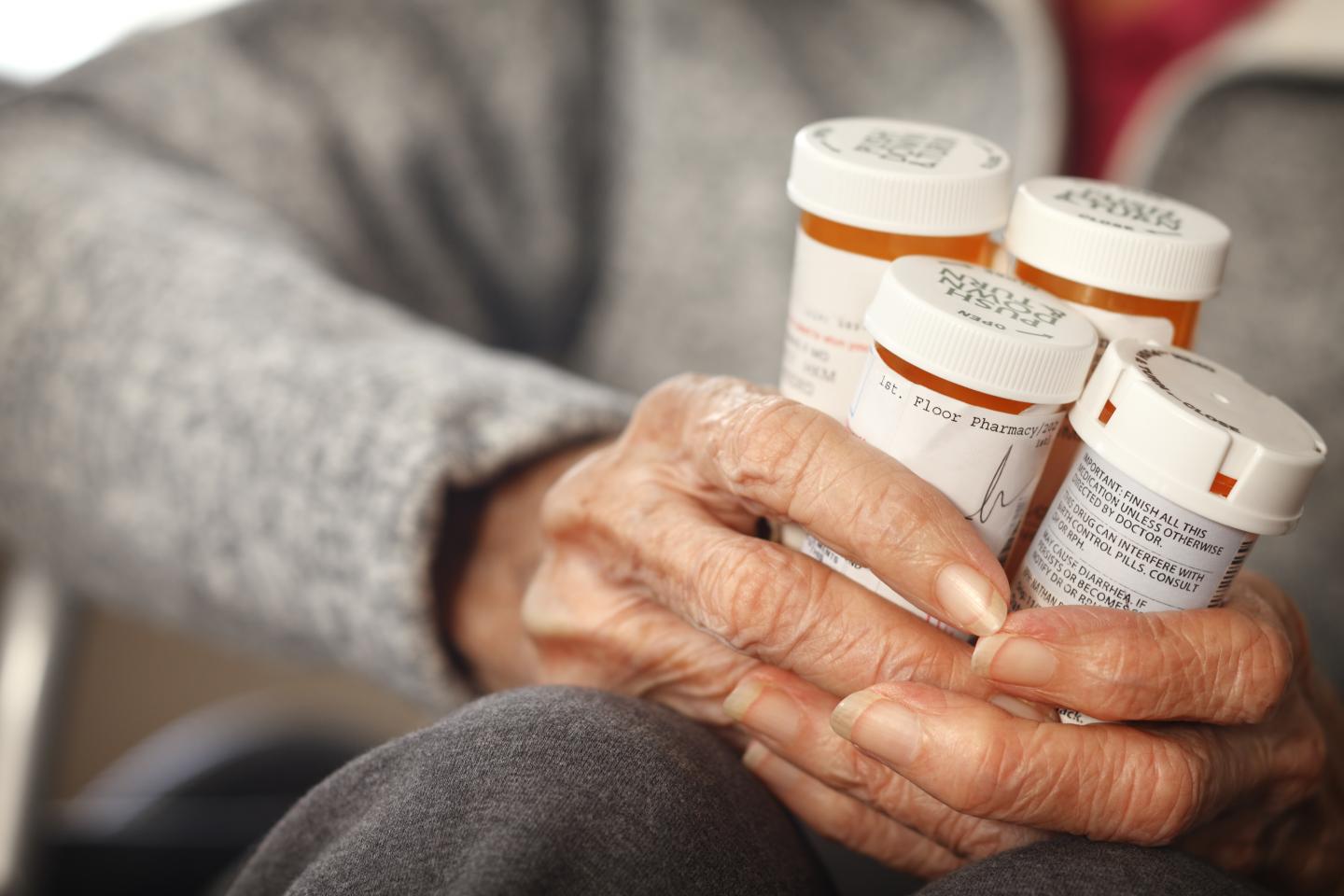
Credit: ATS
June 11, 2020– A new paper published online in the Annals of the American Thoracic Society examines the nation’s current shortage of vitally needed medications, and how this dangerous situation is being made worse by the COVID-19 pandemic. The authors provide recommendations on how clinicians and institutions might address potential scarcities of essential medications during the current public health crisis.
In “Preparing for COVID-19 Related Drug Shortages,” Andrew G. Shuman, MD, and co-authors discuss how the federal and state governments, as well as health care providers, need to develop ethically sound policies that address already perilously low supplies of certain commonly-used medications, which are dwindling further due to resources needed to combat COVID-19.
“It is critical that these conversations occur now due to current shortages, as well as the necessary lead time to plan for future shortages,” said Dr. Shuman, co-chief of the Clinical Ethics Service, Center for Bioethics and Social Sciences in Medicine, University of Michigan Medical School. “Drug shortages have been a national emergency for years and are currently exacerbated due to COVID-19. Issues related to supply chain and anticipated increased ICU needs over the course of the pandemic are worsening the problem.”
Yoram Unguru, MD, MS, MA, a physician-ethicist at The Herman and Walter Samuelson Children’s Hospital at Sinai and Johns Hopkins Berman Institute of Bioethics, who is a co-author of the paper, added, “As of today the American Society of Health-system Pharmacists (ASHP) reports 213 drugs shortages in the United States. It is not just patients with COVID-19 who are affected. One example of a current drug with a critically short supply is Erwinia asparaginase, a life-saving chemotherapeutic agent for both children and adults with cancer.”
Among medical specialties severely affected are oncology, critical care and infectious disease.
The authors stated that regional communication among hospitals is an important first step — helping determine how local drug supply chains are affected — and that coordination and sharing mechanisms are also critical.
This information sharing would ideally occur via a central repository or clearinghouse. Both the FDA and ASHP also maintain databases of current drug shortages, and independent health care companies maintain their own databases that can provide invaluable information.
“Sharing information is an important first step,” the authors stated. “The second and more difficult step involves actual sharing of medications among hospitals and health systems.”
There are a number of barriers to this taking place, among others, the need for cooperation among competing health systems, concerns about potential liability, and legal regulations that affect the transfer of drugs.
Erin Fox, PharmD, a co-author who is director of drug information and support services for Utah Health noted, “Tantamount to this effort is facilitating communication between pharmacists — those tasked with maintaining supplies, as well as those embedded within clinical teams — in order to inform the clinical team how supply may impact care delivery.”
She continued, “Pandemic-era strategies for conservation of commonly used critical care agents at risk of shortages should be noted, recognizing that these shortages are often regional and unpredictable, and intensive care protocols and strategies are highly individualized.” A list of these commonly used drugs is included in the paper.
The authors noted that communication should not be limited to discussions among pharmacists, hospitals, and health systems. Open discussions with patients who are most affected by drug shortages are essential. In the spirit of openness, the authors recommended that hospitals consider publicly posting information about drug shortages.
Dr. Shuman and colleagues called upon stakeholders, from governments to clinicians, to refocus some of their efforts in managing shortages of ventilators during the COVID-19 crisis to develop workflows and rationing criteria for essential medicines. “Even if there are sufficient ventilators, a critical shortage of sedatives, paralytics and/or opioids will obviate the ability to keep patients safely intubated. Data suggest that these shortages have already been associated with inadvertent extubations.”
The authors have also identified hoarding of drugs thought to be potential COVID treatments as a problem.
“Once effective treatments and/or vaccines for COVID-19 are available, prioritizing nascent supplies will present a formidable challenge,” they predicted. “In the coming days and months, this matter demands global attention. Only with clear lines of communication and a proactive, collaborative approach can we weather this impending storm.”
###
About the Annals of the American Thoracic Society
The AnnalsATS is a peer-reviewed journal published by the American Thoracic Society. The Journal delivers up-to-date and authoritative coverage of adult and pediatric pulmonary and respiratory sleep medicine and adult critical care. The scope of the Journal encompasses content that is applicable to clinical practice, the formative and continuing education of clinical specialists and the advancement of public health. The journal’s impact factor is 4.026.
Editor: Colin Cooke, MD, MS, associate professor in the department of internal medicine at the University of Michigan.
About the American Thoracic Society
Founded in 1905, the American Thoracic Society is the world’s leading medical association dedicated to advancing pulmonary, critical care and sleep medicine. The Society’s 15,000 members prevent and fight respiratory disease around the globe through research, education, patient care and advocacy. The ATS publishes four journals, the American Journal of Respiratory and Critical Care Medicine, the American Journal of Respiratory Cell and Molecular Biology, Annals of the American Thoracic Society and ATS Scholar.
Media Contact
Dacia Morris
[email protected]





